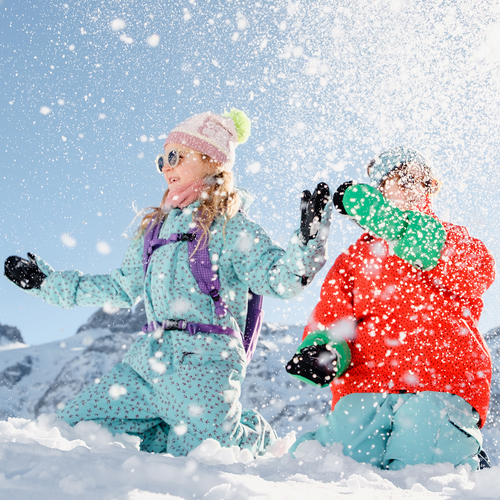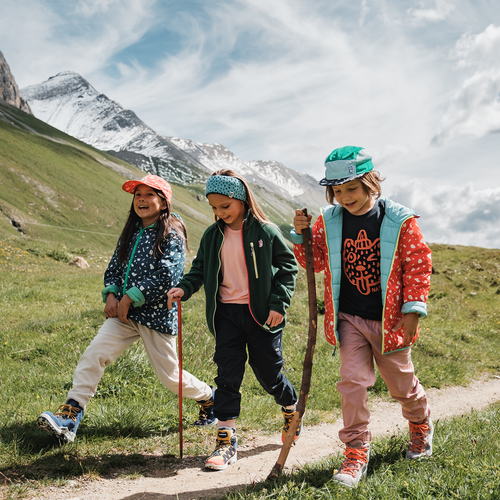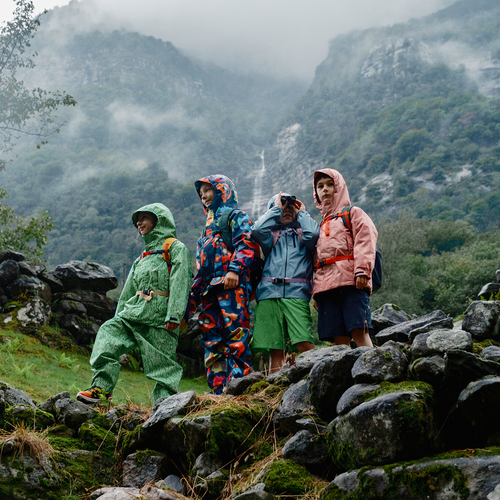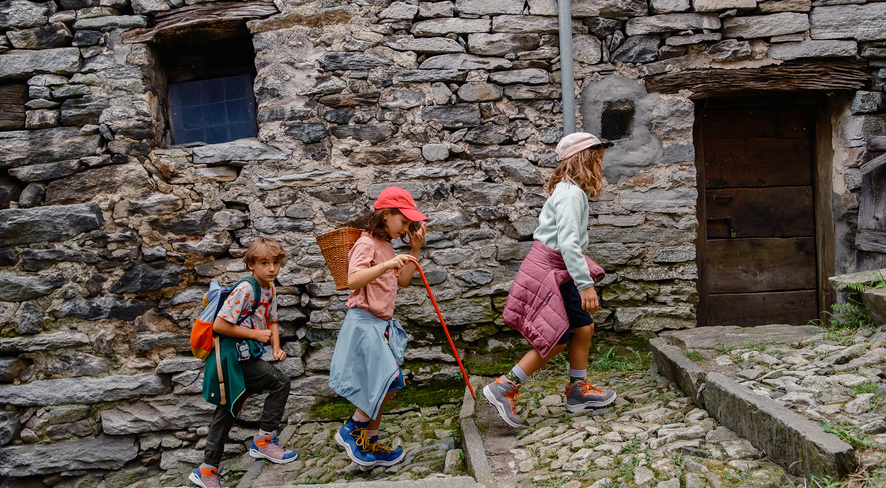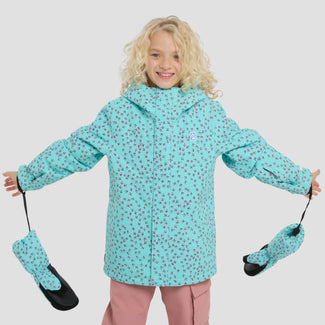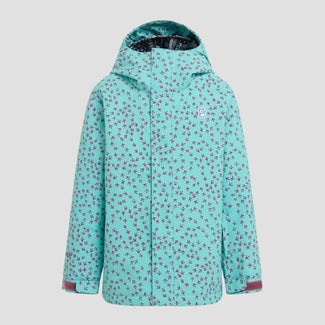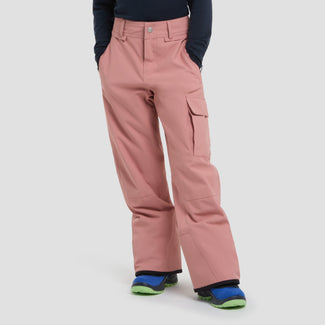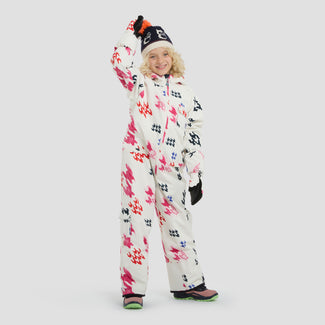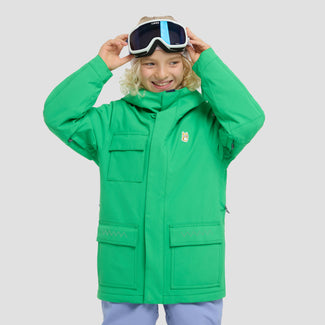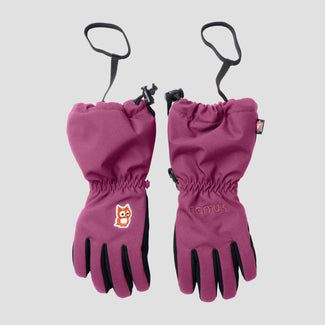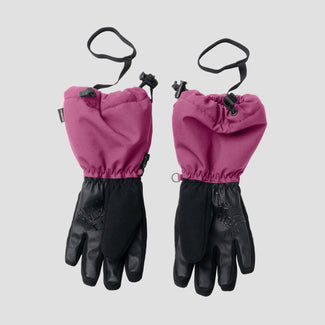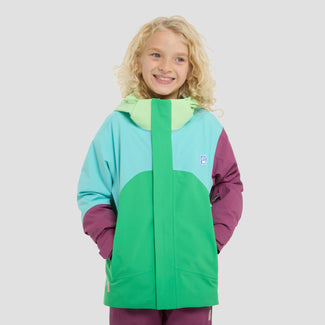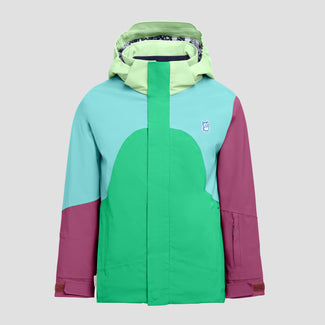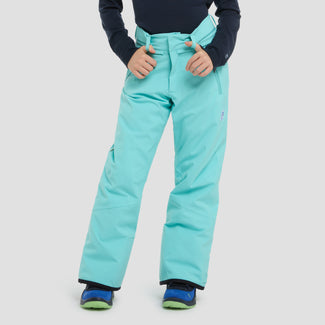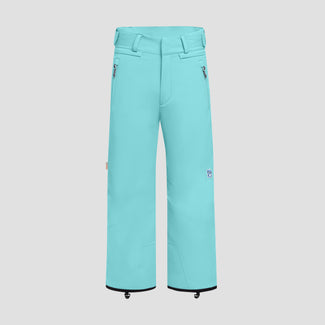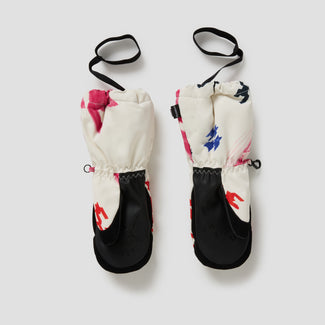Hiking with kids isn’t just a walk from A to B. It’s a dance over roots, an expedition through high grass, a conversation with ants that’s more important than any marker at the top of a mountain. And at the center: kids discovering the world with shining eyes – provided they are properly outfitted. They need gear that plays along, that climbs with them, that stomps through streams, rolls down hills, and balances atop stones with them. What kids really need outdoors is clothing that lets them be free and gear that doesn’t curb their adventures, but gives them wings. What’s also very important are good incentives to keep kids hiking. I asked around in the namuk team and put together a few extra-special tips to make hiking with your kids an extra-special experience.

Shoes that really love to hike
Children’s feet don’t want to simply walk – they want to research the terrain. They run off, suddenly stand still, jump off of big rocks, balance on wet boardwalks, or do kangaroo hops from stone to stone. Good shoes can do all of that. They keep feet warm, keep water out, hold kids steady – and the most important thing: They don’t hurt – just like our Lowa hiking shoes. An important tip from Simon, our Head of E-Commerce: “Make sure to test your shoes for a few hours before going on a long hike. Stroll around your neighborhood or jump around in the yard first to be on the safe side.” After all, only a foot that feels comfortable makes discoveries.

Layer, but do it right – clothing that lets adventure happen
The same goes for the rest of the clothes: Anything uncomfortable or annoying has no business on a family hike. Layering doesn’t exactly sound adventurous – but it’s invaluable. A breathable base layer, a cozy midlayer, and, if needed, a warming outer layer. Or a practical pair of swim and hiking shorts, or a versatile outdoor pant like our rugged Mack Zip-Off Pants with removable legs. This way, you can flexibly respond to clouds, gusts of wind, and spontaneous water battles. And yes, always, truly always: pack a spare pair of dry socks. There’s hardly a bigger crisis outdoors than wet socks with another two miles to go over forest floor.

The kids’ backpack: treasure chest and mini-base camp
Naturally, a backpack is also a must – preferably one kids can carry themselves. It shouldn't be too big, but full of possibilities – for cargo such as water bottles, snacks, a glittering seashell, an interesting mushroom (but please don’t eat it), or the emergency stuffed cuddle buddy that doesn’t want to be left out at snack time. To avoid needing to end the hike after the first few feet, our little explorer owls need a suitable backpack. Kids from around 39-53 inches (93-134 cm) can easily carry a 14-liter backpack, such as our Eon. For the somewhat smaller kids around 30-41 inches (75-104 cm), the 6-liter Seon is best. Or for the bigger kids (around 54-81 inches / 134-158 cm or even taller), who already can and want to carry more in their own backpacks, we have Leon, with a capacity of 20 liters.

The grownups’ big backpack, meanwhile, harbors the backups: a rain jacket, sun hat, sunscreen, wet wipes…. “And don’t forget a first-aid kit, tick remover card, EpiPen or other medicine for bee allergies, and a few bandages. Something always happens,” Simon adds.
A bit of entertainment also deserves a place in the backpack: perhaps a small magnifying glass or a jar for observing insects, making for especially exciting encounters with nature. And consider packing something for spur-of-the-moment treats – for example, a warm drink in a thermos or a little chocolate for the last curve.

The journey is the destination
And in case kids’ enthusiasm dips while hiking, our team has some insider tips: “Always have a few favorite snacks, chips, or gummy bears in your bag,” says Simon. A promise that “we’ll eat them when we get to the top,” can help spur kids on, says namuk founder Franz, speaking from personal experience with his kids. Noemi, namuk’s E-Commerce Manager, and Lena, our Email Marketing Manager, swear by little treats such as Starburst candies – besides cut-up fruit, veggies, and crackers. “It always worked great for us.”
A hike with another family or with animal companions can provide “an extra portion of motivation,” advises Franz. 15 minutes of kids’ stories on Spotify (such as “Little Stories for Tiny People,” “Snoop and Sniffy,” or “Greeking Out”) can also be an antidote to ‘I can’t walk anymore’ syndrome. That’s helped Simon, at least, to encourage his kids on various occasions. Reni, namuk’s People & Business Development Manager, has developed a creative approach: “I always take along some bubbles (a container of bubble solution with a wand). When the kids get tired, chasing the pretty bubbles works wonders.” She adds, “Sometimes it also works well to attach a balloon to my backpack and run ahead while my kids try to catch it.” Short races often help, too – for example, racing to the next tree or the next crest of a hill.

Many of us in the namuk team are also fans of hiking songs or games. “We always sang fun songs or played a game,” recalls Lena. Some hiking-friendly favorites include “20 Questions” or “I’m going on a trip, and I’m bringing…,”. Geocaching, too, can make any family hike even more exciting.
Summary: freedom needs preparation, not perfection
In general, the most important thing when hiking is not how far you go, but everything experienced along the way. Children don’t walk because they’re trying to get somewhere. They walk because the woods smell like adventure. Because a bird they’ve never heard before is calling. Because the bed of a stream suddenly becomes a science lab or excavation site. Good hikes leave space for this. They’re not too long and not too steep, and they offer water to splash, trees to climb, and maybe even a suspension bridge or a fallen tree that looks like a pirate ship. Integrating enough breaks is especially important, Franz emphasizes. “That way kids have space to discover the nature all around them and enough energy for the trail.”

Anyone who’s seen how a child stomps through a mountain stream with rolled-up pants legs, swings a walking stick they’ve found themselves, cheeks aglow with pride, or examines a patch of moss with the serious expression of a researcher knows: It’s not about the number of miles trekked. It’s about freedom. It’s about being a kid outdoors – going more slowly, but seeing more. And that requires the right gear and a few little tips and tricks – so that kids can truly live adventure outdoors.


